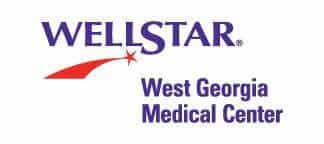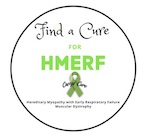About The Foundation for Caseys Cure, Inc.
All deserve to Be Seen, Be Heard, Be Helped...
The Foundation for Casey's Cure, Inc., is a federally recognized 501(c)3 tax-exempt organization. As such, donations are tax-deductible.
Who is Casey?
- An Experienced Leader and lifelong healthcare Advocate for Muscular Dystrophy Research
- Highly regarded for her patient-care work
- Received a Commendation for her outstanding dedication to patient care
- Champion for Patient Rights after seeing how others continue to struggle for needed additional services
Why Stand With Casey?
- Stands up for Rare Disease Patient Research
- Your money goes to researchers and projects that forward the understanding and development of treatments and cures for patients with rare diseases.
- Working to Pass Legislation that protects patients with rare diseases
- Your gift gives rare disease patients a voice in Rare Disease Day on Capitol Hill
- Your gift gives a voice to all the Georgian patients and fights on behalf of those who have no voice.
Please make a generous gift to support Caseys-Cure and the rare disease.
About Casey
Casey's arrival brought laughter and light into our home...


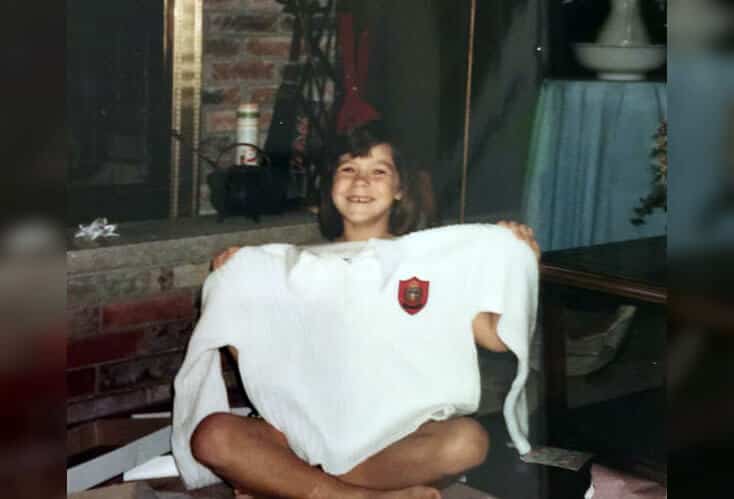
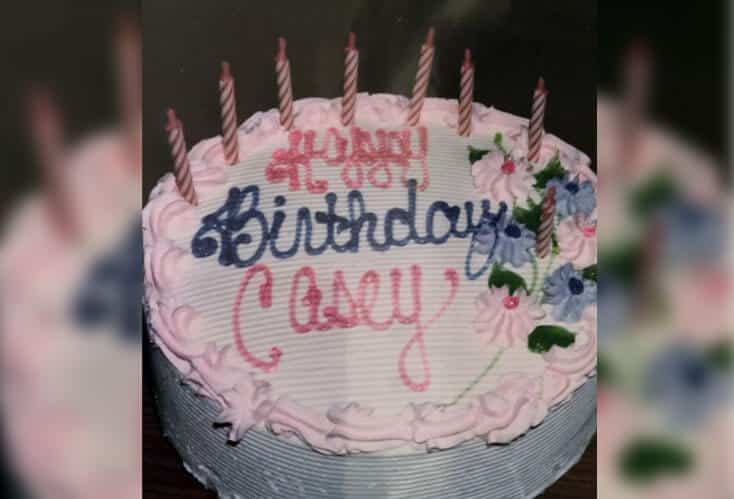
Casey was just a joy to have. She was a smiley, happy baby who loved her brother; he could make her laugh like no one else, still to this day... and that sparkle? It is still shining through her today!
One day, when Casey was about 3 or 4 years old and dressing for nursery school, she said to me, "Mommy, my legs hurt. Can you carry me down the stairs?" or "Mommy, my legs are so tired... can you carry me?" I took her to the doctors but was always given the same answer: just growing pains.
Something funny about her: she hated being 7 and couldn't wait to be 8. We never did figure out why... But by the time she was 11 or 12, she would begin telling me that she didn't like running. It seemed so hard for her. But that didn't stop her. She played softball in high school, but preferred to be in the pool, racing and winning in our small community organization.
Her dad and mom's divorce at the age of 4 ended up having a far bigger impact on her than we could have ever foreseen. You see, her father had been developing weakness in his legs and arms and started wearing leg braces to help him walk. But in the '80's and 90's, technology didn't exist that could identify which form of Muscular Dystrophy he may have had. The doctors couldn't quite figure out how he got this either; no one in his family had any history of any medical condition resembling Muscular Dystrophy. As his health declined, Casey jumped in at the age of 17 and never looked back, never thinking that she herself could suffer this same fate.

After graduating from high school, Casey attended nursing school, mothered her young son, took care of her dad, and studied until the wee hours so she could go on to get her nursing license. After graduating, she used everything she'd learned to make her father as comfortable as possible. Being bed ridden and having a tracheotomy to provide for his breathing assistance required him to have full time nursing care. Casey never hesitated to fill in for any nurse who either didn't arrive or didn't fulfill the duties to Casey's expectations.
Life would go on to have Casey marry, have two children and move to Georgia where she worked in a nursing home, making a difference in the care of the elderly and sick residents. Casey won accommodations for her dedication to her work and her patients.
EMTs applauded the emergency care she provided. But after about two years, she began feeling tired. She knew she'd been pulling long shifts because the facility was understaffed, but something just felt 'off'.
It was then that she was welcomed into the Wellstar West Georgia Medical Center's family. She was hired to work in a pulmonologist's office where she continues to be an outstanding performer, receiving honors from her patients and co-workers for her persistent willingness to go above and beyond for them, all the while, none of them ever knowing of her growing struggle to walk around the office in order to manage her doctor's patient load effectively.
When the tests were ordered and the news arrived, the genetic test said that gene #603689, on the TTN protein chain, was damaged. She had inherited her father's muscular dystrophy. And it now had a name: Hereditary Myopathy with Early Respiratory Failure, HMERF.
It was a shock at two levels. Her father's doctors had assured us that only males would manifest the gene and that girls could only be carriers; Wrong on both counts.

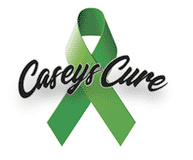
Why give now?
Time is not a gift given to patients with rare degenerative diseases. The countdown has begun and we need your help now!
How did the foundation come about?
When her diagnosis was made a few years ago, we started looking for advocacy groups for her subtype, HMERF. When we found that none existed, we made it our business to start one to raise the public's awareness about muscular dystrophy, its progression, and its effect on afflicted patients and families.
For these reasons, the Foundation's mission is multifaceted:
- To be an advocacy platform for patients with rare diseases, like Casey's form of Muscular Dystrophy
- Promote research on rare subtypes in the US and enable global research findings to be included in FDA recommendations.
Shown below is Casey's family. From left to right are Joshua (son), Casey, Josh (husband) and Ethan (son). (2019)
All are very supportive of Casey's ongoing determination to find and offer patients with HMERF medical alternatives, none of which have changed since Casey's dad was first diagnosed with HMERF in 1985. He passed away in 2004.
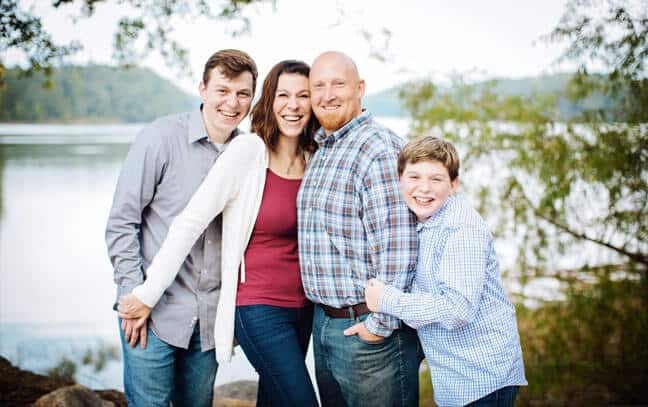
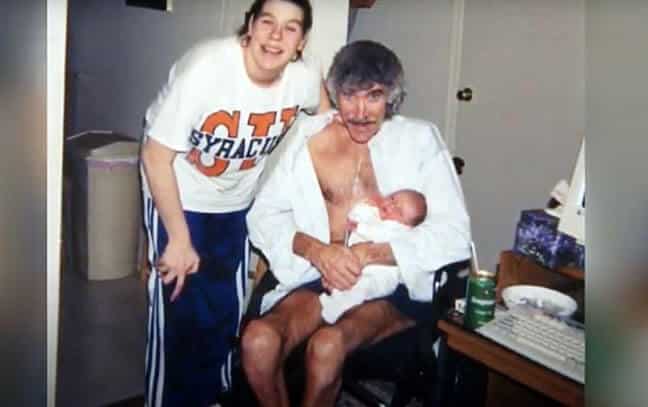
A BIG shout out to our inital major donors for this project...

